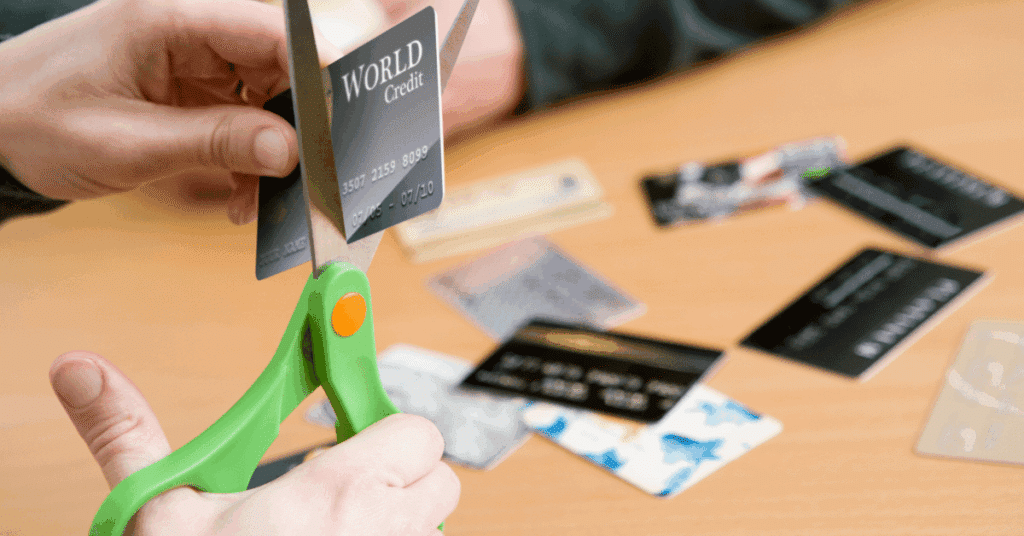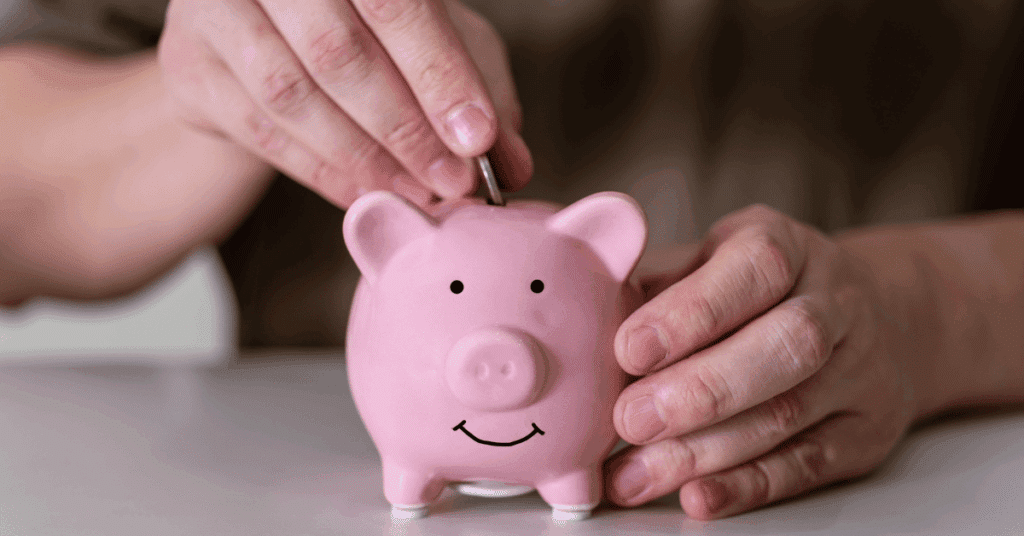
Topics
The Reality of Indebtedness
Being in debt is a situation that affects millions of people worldwide. Whether due to an unforeseen event, financial mismanagement, job loss, or predatory interest rates, debts can quickly snowball, causing stress, anxiety, and negatively impacting quality of life. However, it is crucial to understand that indebtedness is not a definitive sentence. With a well-structured plan, discipline, and the right strategies, it is entirely possible to overcome this situation and regain control of your financial life.
In this practical guide, we will cover step-by-step how to tackle your debts in an organized and effective manner. From comprehensively mapping your situation to choosing the best repayment method and negotiating with creditors, you will find valuable information to pave the way towards financial freedom.
Step 1: Face Reality and Map Your Debts

The first and perhaps most difficult step is to face the situation head-on. Ignoring the problem will only make it grow. Gather your courage and organize all the information about your debts. Create a detailed list or spreadsheet containing:
- Creditor: Who you owe (bank, finance company, store, individual, etc.).
- Type of Debt: Credit card, overdraft, personal loan, car loan, mortgage, etc.
- Total Outstanding Balance: The current updated amount of the debt.
- Interest Rate: The monthly or annual interest rate charged on the debt. This is crucial information!
- Monthly Payment Amount: How much you pay (or should pay) per month.
- Remaining Term: How many payments are left to clear the debt.
Having this clear overview is essential to understand the scale of the problem and start devising a plan. Don’t be intimidated by the numbers; view them as the starting point for your financial recovery.
Step 2: Analyze Your Budget and Find Room to Pay

In parallel with mapping your debts, review your personal budget (as detailed in the article on financial organization). Identify where your money is going and where expenses can be cut. Primarily analyze non-essential variable expenses (leisure, superfluous shopping, restaurants). Every dollar saved can be directed towards accelerating debt repayment.
Also, consider ways to increase your income, even temporarily. Selling items you no longer use, taking on extra work on weekends (freelancing, side gigs), or seeking a promotion at work can provide additional financial breathing room to tackle debts more quickly.
The goal in this phase is to free up as much money as possible in your monthly budget to direct towards debt payments, going beyond the minimum payment whenever possible.
Step 3: Prioritize Your Debts – Repayment Strategies

With the debt map and adjusted budget in hand, it’s time to define the attack strategy. There are two main approaches to prioritizing debt repayment:
Debt Snowball Method
- List your debts from smallest to largest balance, regardless of the interest rate.
- Pay the minimum amount on all debts except the smallest one.
- Direct all extra money you managed to save (Step 2) towards paying off the smallest debt as quickly as possible.
- After paying off the smallest debt, take the entire amount you were paying on it (minimum + extra) and add it to the minimum payment of the next smallest debt on the list.
- Repeat the process, creating a “snowball” effect with the amount directed to payments, until all debts are paid off.
- Advantage: Provides quick wins by clearing smaller debts first, which generates strong motivational momentum to continue.
- Disadvantage: May cost slightly more in the long run, as you don’t prioritize debts with higher interest rates.
Debt Avalanche Method
- List your debts from the highest to the lowest interest rate, regardless of the outstanding balance.
- Pay the minimum amount on all debts except the one with the highest interest rate.
- Direct all extra money you managed to save towards paying off the debt with the highest interest rate as quickly as possible.
- After paying off the most expensive debt, take the entire amount you were paying on it (minimum + extra) and add it to the minimum payment of the next debt with the highest interest rate.
- Repeat the process until all debts are paid off.
- Advantage: It is the mathematically most efficient strategy, as it minimizes the total amount of interest paid over time.
- Disadvantage: It might take longer to pay off the first debt (if it’s large), which can be demotivating for some people.
Which one to choose? The best strategy is the one that works for you. If you need quick motivation, the Snowball method might be ideal. If you are more focused on saving money in the long run, the Avalanche method is the most recommended. The important thing is to choose a method and be consistent.
Step 4: Negotiate with Your Creditors

Don’t hesitate to contact your creditors to try negotiating better payment terms. Many companies and banks prefer to receive the amount due, even under different conditions, than to receive nothing at all. When negotiating, you can seek:
- Interest Rate Reduction: Lowering the interest rate can make a big difference in the total cost of the debt.
- Payment Term Extension: Extending the term can reduce the monthly payment amount, easing your budget, but pay attention to the total interest cost.
- Discount for Lump Sum Payment: If you managed to save a significant amount, you might get a good discount by paying off the debt all at once.
- Debt Consolidation: Unifying multiple debts into one, with a new interest rate and term. Carefully evaluate if the new condition is truly advantageous.
Prepare for the negotiation: be clear about your financial situation, how much you can afford to pay per month, and what proposal would be feasible for you. Be honest and show your intention to pay off the debt.
Step 5: Avoid New Debts and Change Habits

It’s pointless to strive to pay off current debts if you continue to incur new ones. During the repayment process, it is crucial to:
- Avoid unnecessary use of credit cards: If possible, leave them at home or use them only for real emergencies.
- Do not make new installment purchases: Focus on paying what you already owe.
- Re-evaluate your consumption pattern: Differentiate between wants and needs and learn to live within your means.
- Seek financial education: Understanding more about interest, investments, and financial planning will help you make better decisions in the future.
Getting out of debt involves not only paying what is owed but also a change in mindset and financial habits.
Step 6: Build Your Emergency Fund

As soon as possible, even during the debt repayment process (especially after paying off high-interest debts), start building your emergency fund. Having this financial cushion for unforeseen events prevents you from needing to resort to new loans or overdrafts in an emergency, protecting you from future debt.
The Journey to Financial Freedom
Getting out of debt is a journey that requires planning, discipline, and, above all, the decision to change. It won’t be easy and may take time, but every step taken in the right direction is a victory. Map your debts, adjust your budget, choose a repayment strategy, negotiate with creditors, change your habits, and start building your emergency fund.
Remember that you are not alone in this. Seek information, use available tools (like those we will offer here at “Debts in Order”), and, if necessary, seek professional help. With determination, it is indeed possible to get rid of debts and build a more peaceful and secure financial future.




Leave a Comment